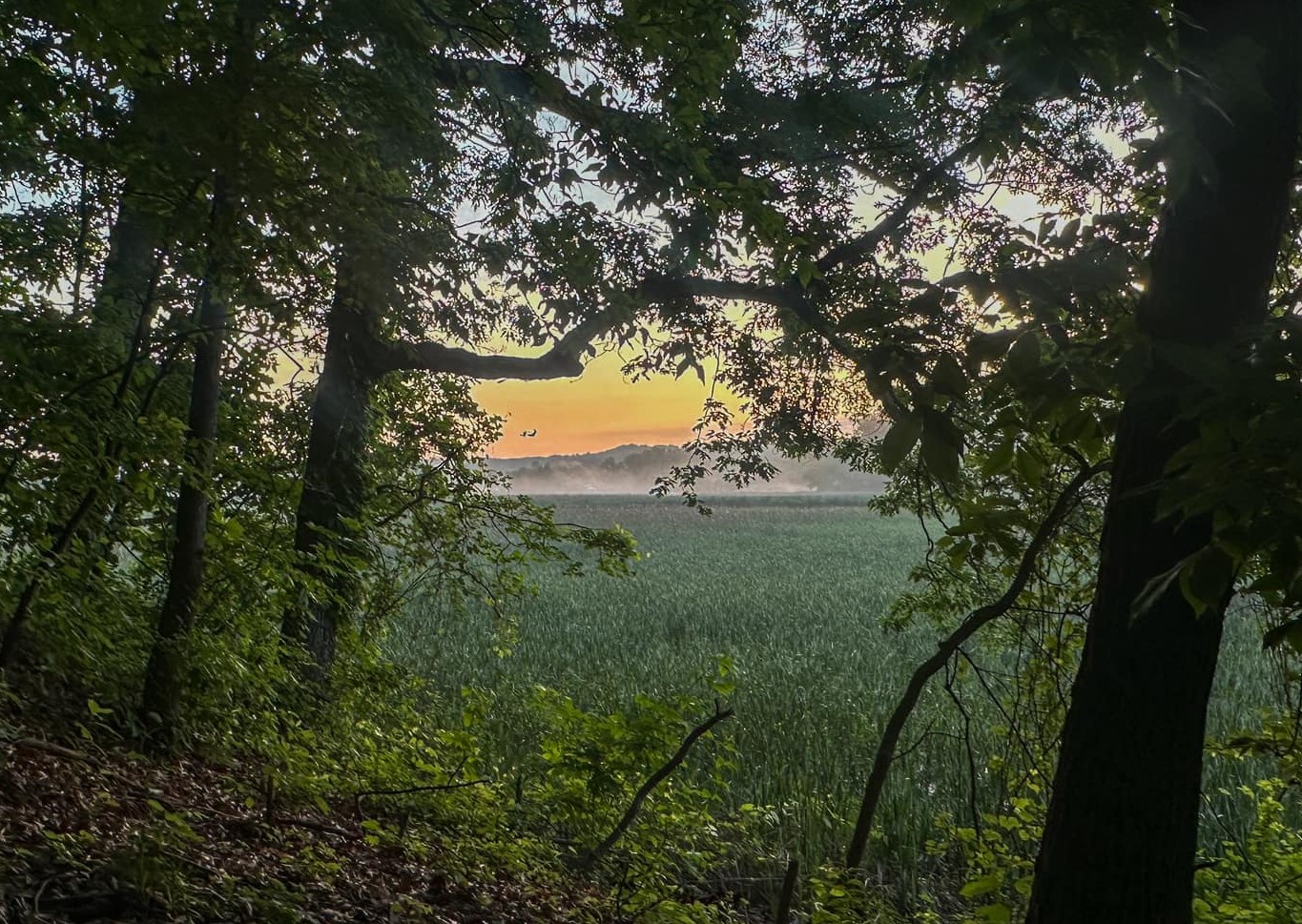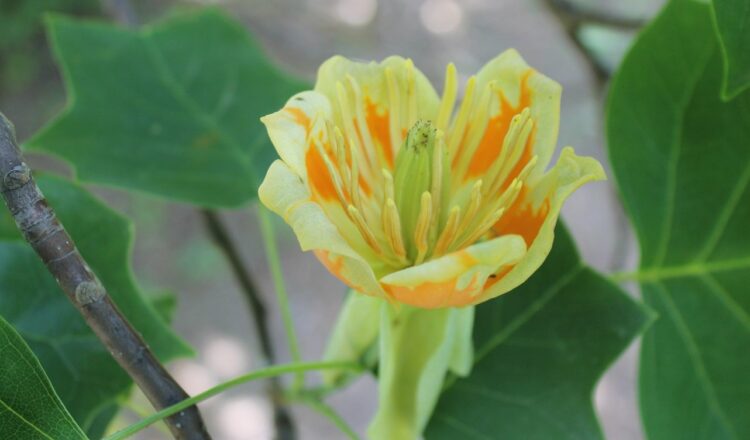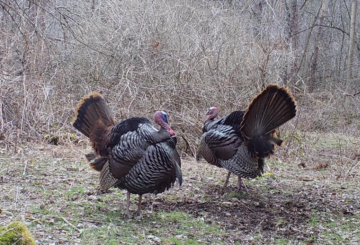The tulip tree is the tallest deciduous tree in North America
By Bob Confer,
When homeowners plant a tree in their yard they want one that’s showy, quick-growing, flowering, tall, and resistant to disease.
There is one tree native to Western New York that covers all of those bases and more, yet remains almost untouched and unloved by gardeners and landscapers. That unappreciated tree would be the tulip tree.
A piece of ancient history
You might also know it by one of its popular names of yellow poplar, but the tulip tree is not a poplar. It is a giant from a bygone era, and remains almost the same as it was 70 to 100 million years ago.
Although since the dawn of man this tree has been native only to the Eastern United States, it was found throughout the northern hemisphere in warmer eras when giant beasts wandered what was a very warm arctic. Fossil records show impressive stands of these trees having grown in Greenland.
As the north cooled, the tulip trees retreated south and western New York is now at the northernmost edge of the trees’ range. They can’t be found in the Adirondacks and could be considered rather uncommon in good portions of the Allegheny Plateau of southwestern New York due to the cold weather at the higher elevations (I know of just a few at elevations above 2,000 feet).
But the warmer temperatures, if even by a few degrees, afforded by the river and creek valleys of Allegany County afford tulip trees a chance at success, both in size and numbers. They can be found in lawns, parks, and lowland woods throughout the area.
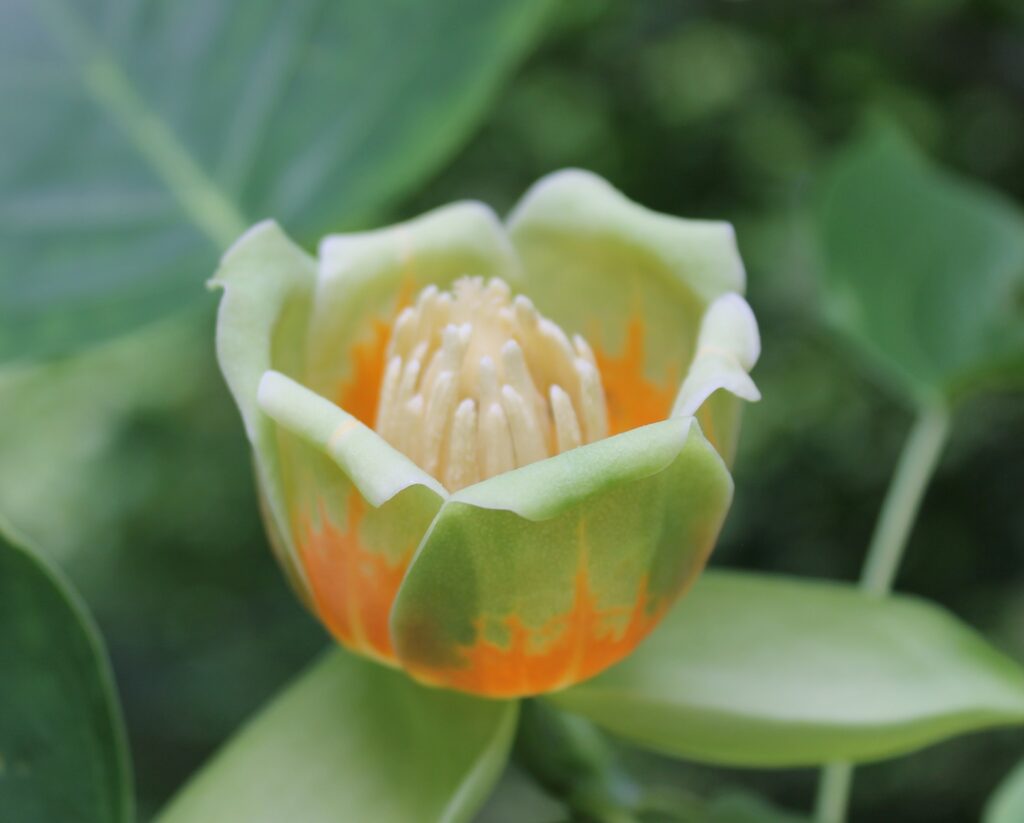
Why is it called a tulip tree?
The tulip tree gets its name from the attractive tulip-like flowers that begin appear on local trees around Memorial Day. They are wide and cup shaped, with 6 rounded green or yellowish petals that have an orange tint near the base. Inside the cup are numerous small “fingers” reaching to the sun.
These beautiful flowers, which certainly hearken back to a prehistoric era, won’t appear until the tree is 15 years old, so if you plant one, don’t be heartbroken if you don’t see them soon.
In a couple of months those flowers will fully transform into the fruit, which is almost like a cone in appearance. The fruits are three inches long and made of many overlapping nutlets which each hold one or two seeds in them.
Its beauty comes from more than just the flower
The appeal of tulip trees doesn’t end at the flowers. Take the leaves for example. They could be considered strange, and once again, something you might see growing at Jurassic Park. They are almost impossible to describe to the layman (various field guides use the word “unusual” in their description) which is why a photo joins this report. Those leaves turn a bright yellow in the fall, hence the name yellow poplar.
The tulip tree is the tallest deciduous tree in North America, and down south they can reach heights in excess of 150 feet. Local trees aren’t slouches either – it’s not uncommon to find trees in the 80 to 100 feet range.
When Europeans first set foot on the continent, tulip trees with implausibly-massive trunks exceeded 200 feet in height. Pioneers and Native Americans used to hollow out single logs to make long, lightweight canoes.
The nice thing with tulip trees is that given the right conditions, they grow quickly. If you cut an old tree and looked at the annual growth rings, many would be close to a half-inch wide, which is very impressive. A 15 year old tulip tree in Niagara County will exceed 20 feet in height.
Tulip trees also grow very straight (even freakishly straight) and maintain narrow crowns. As the tree ages, you won’t have leaves or branches close to the ground and the crown doesn’t create much shade, which might account for its lack of popularity despite everything else going for it.
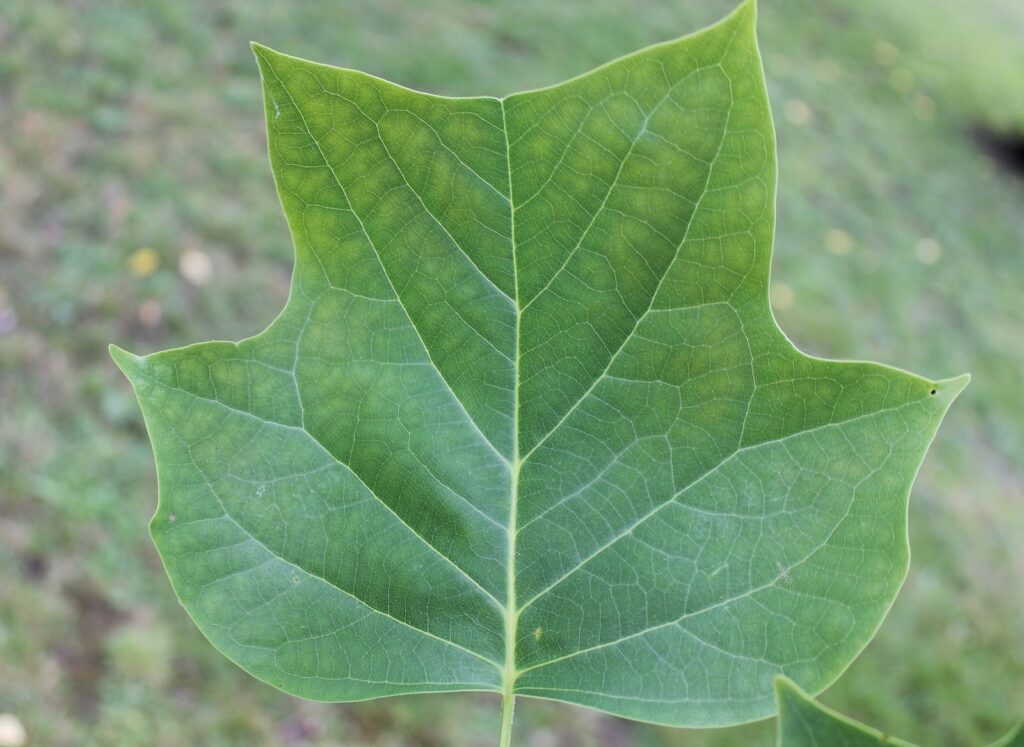
Growing your own
You’re probably not going to find any tulip trees at local nurseries. To grow them in your lawn, find someone with one in theirs. Tulip trees can often be quite fertile and their seeds will spread throughout that homeowner’s lawn. Look for small tulip trees this time of year popping up at places where the wind would have completely stopped the seeds…at the bases of other trees or alongside a house. More often than not, tulip tree saplings become the victims of Round-Up and weed whackers because of this affinity to grow where they shouldn’t.
When you transplant the seedling, make sure it has full sun and well drained (but still moist) and cool soil. You don’t want them too wet or too dry. The soil has to be deep, too, it can’t be just a few inches of topsoil over bad clay because the initial roots are fleshy and delicate.
Given the right conditions, they will grow quickly and will be a part of your yard for as long as you live: They don’t succumb to disease and they have no parasites to speak of. That’s why the species have survived for so many millions of years.
Make it a point to plant a tulip tree sapling this year – they are unappreciated trees with a rich ancient history and the potential to really brighten up your yard.

